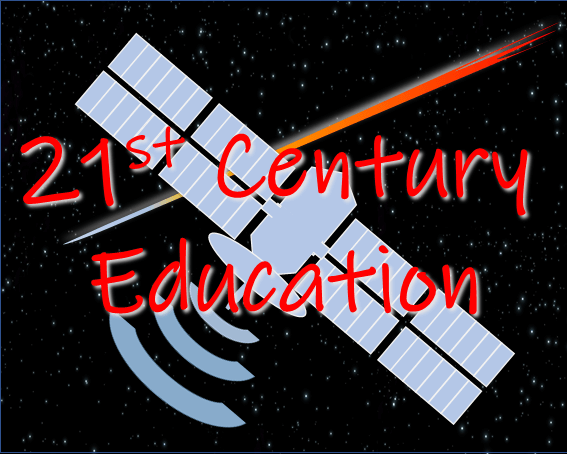Your basket is currently empty!
Tag: digital education
-
A Future That Has No Boundaries
Preparing students for a future that they haven’t imagined. Where will your experience take you today? Digital learning is teaching that uses technology to improve a student’s learning experience. The emphasis is on high-quality instruction and provides challenging content. The student is assessed constantly and unobtrusively and feedback through formative assessment is almost instant. With…
-

Can Schools afford to avoid Digital Education
Each day students come to school bringing dreams hope seeking inspiration
-
Is Digital Game-Based Learning (DGBL) the Future of Learning?
Let’s Understand What are Digital Games A computer game is defined as such because the activity has goals, is interactive and is rewarding (gives feedback). The gaming activities must offer the user the options to choose or define and then observe the newly created sequence. We describe computer games as being interactive based on a…
-

“Google it”
“The digital shift where we’re seeing information in different forms” When the teachers say: “Write a research paper.” Students hear: “Google it.” It’s no secret that today’s students conduct their research mostly through search engines. When you’ve got everything you could ever want to know right at your fingertips, why bother combing through online databases…
